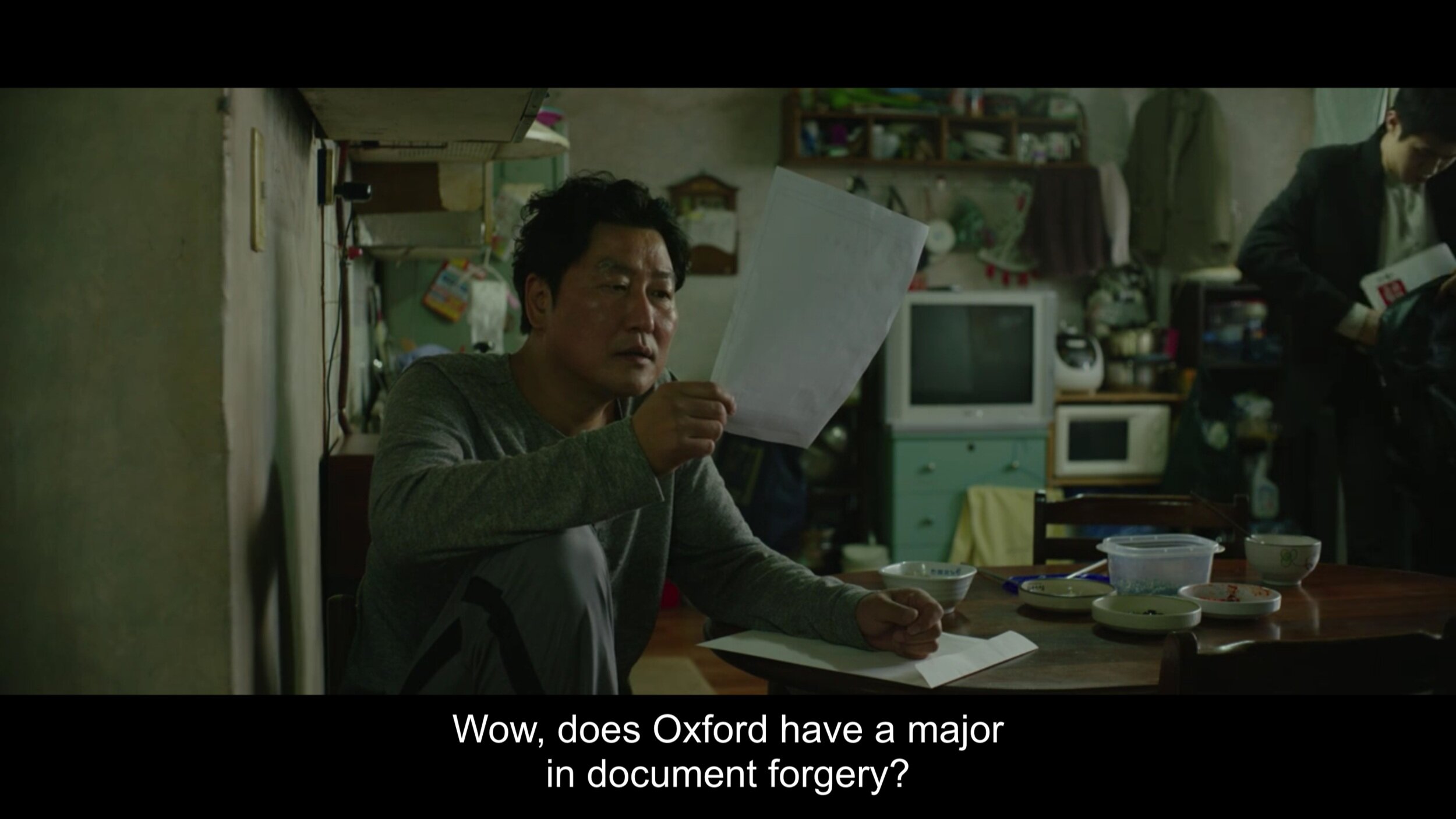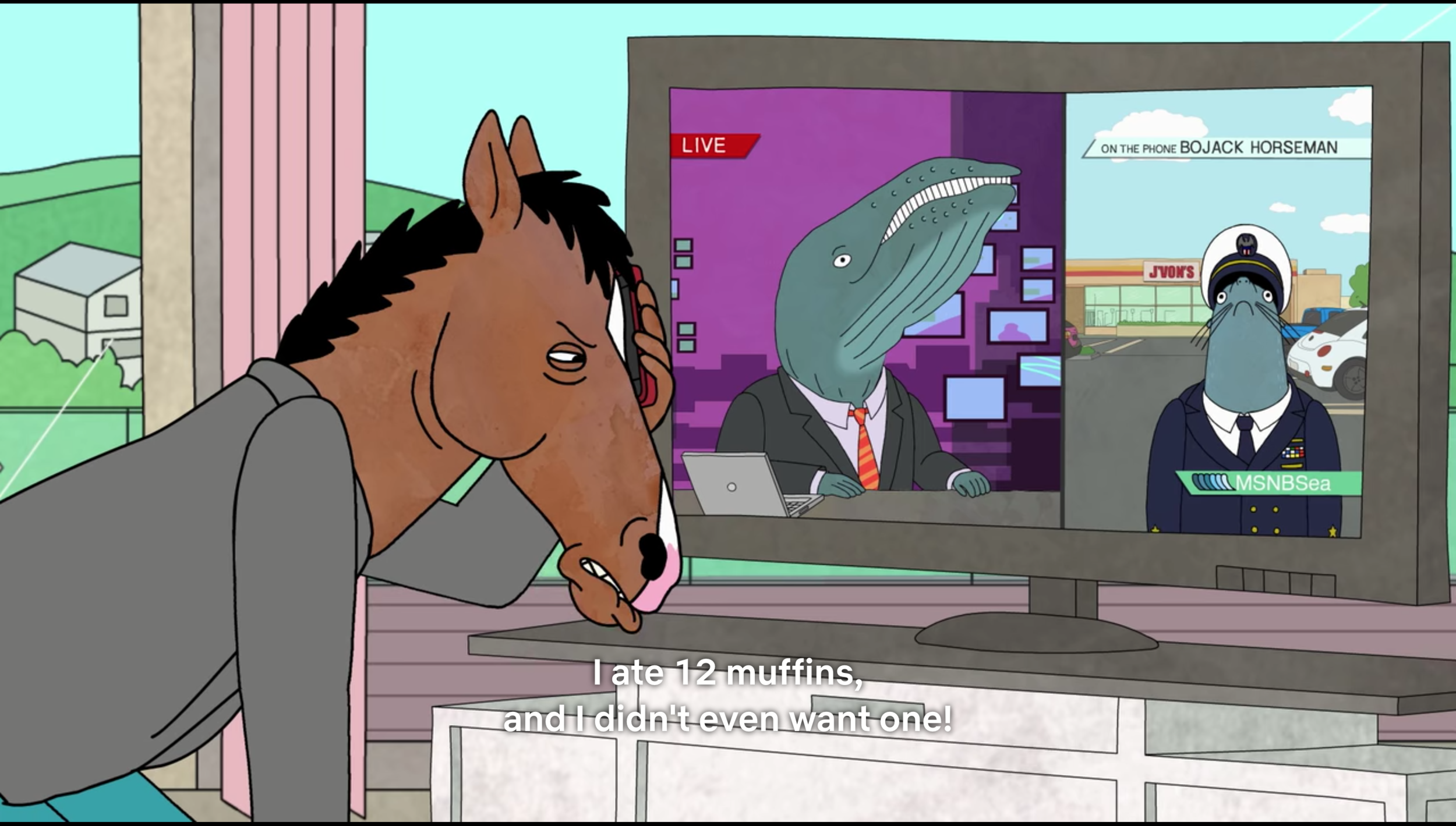Unveil the Hidden Hacks: Boost Your Freelance Captioning Game to the Max!
The art of subtitling was born from the need for people to consume and communicate content to places with diverse linguistic backgrounds. Through the advancement of technology, in today’s era, it is super simple to expand the reach of your content to various different markets across the globe through localization. The importance of having your content consumed worldwide goes without saying. As video content is on the rise globally, the demand for subtitling, closed captioning and localization are witnessing an enormous growth in demand. Subtitles are typically renderings of dialogues in a video, either of the same language or translated into other desired languages. The intent of this is to make sure that the people who are hard of hearing or do not understand the language still receive the message and understand what is being conveyed as it’s intended. If you’re getting yourself into the vast world of post-production, specifically into subtitling and translation, attention to detail and patience are two key elements you ought to possess when starting off. Here are some essential tips to keep in mind when getting yourself into this field:
Absolute Diligence
Subtitling is a highly time-consuming process and requires much patience when starting. Getting used to precise and quick typing is sure to come in handy. It is said that the average person types about 35 - 45 words a minute, but it is possible to double that with some practice. Your posture is greatly influential for optimal typing. A great way to accomplish this is to ensure you are seated upright with your elbows bent, placing both your index fingers on the “F” and “J” keys. Practice a few typing exercises to mind-map the keyboard in your head so that you type efficiently without ever looking at it. An effective way to accomplish this is to open up an “on-screen” keyboard on your computer alongside a Word document/Notes and type out words & phrases that come to your mind by only looking at the on-screen keyboard. A good way to track your improvement in your typing skills is to take a typing test from time to time. There are a plethora of websites to help you do just this. Here’s one we’d recommend - https://www.ratatype.com/typing-test/
Keep yourself distant from all distractions and focus on using your time efficiently by setting deadlines that will help you determine whether you’re using your time efficiently or not.
Proficiency in Language
Remarkable grammar and language skills are a must to becoming a successful subtitler. Attention to detail when it comes to spelling and punctuation goes without saying and must be instilled within you. The use of commas, apostrophes, and capitalization of words must be used wisely, depending on the context of the subject. Common grammatical mistakes one tends to make include: “it’s” (contraction of “it is”) in place of “its” (possessive determiner we use to say that something belongs to or refers to something), “let’s” (contraction of “let us”) in place of “lets” (a singular present tense form which means to allow or give permission), and most commonly, the usage of the word “your” (used to describe something as belonging to you) in place of “you’re” (contraction of “you are”). The ability to break down sentences without jeopardizing their meaning is vital. Paraphrasing is an art of its own and takes time and effort to master. It is essentially formulating ideas (or dialogues in this case) to rewrite the same in your own words, without changing the meaning of the original text.
This is super important when it comes to translating dialogues to other languages whilst still maintaining the precise meaning of the film. The Korean movie “Parasite” which took home 4 Oscars this year is a perfect example of this. The subtitles of the film were acclaimed to be crucial for the film’s success worldwide. Darcy Paquet, a Seoul-based American film critic, author, and actor who translated the subtitles for Parasite says that it is vital to match the translation with the performance as well as the literal meaning of the phrase.
Watch Darcy Paquet talk about his experience translating the movie here:
Flexibility with Work Schedules
Working as a freelancer entitles you to work at varied time schedules as the market can be pretty volatile and getting work is not always regular. It’s always wise to plan out your schedule well in advance and provide the organisation/company you work with your work hours to avoid last-minute delays. Since a “flexible” schedule is less rigid when compared to a "fixed” schedule, you can work with your team to arbitrate the number of work hours set for the given week. Flexible work schedules are said to produce a better work-life balance too by giving the employees a sense of freedom by establishing their own work hours, whilst also giving it a sense of structure by delegating the minimum number of work hours or having the assigned work completed within a given timeframe. With this sort of a work-life balance, employees are believed to yield better results as it gives them a sense of autonomy and responsibility. Set up a work calendar or a to-do list to remind yourself of all the pending tasks you have for the given day or week. Make sure to keep track of these tasks from time to time so that you don’t miss out on any pending work.
Treat it as a Visual Experience
Here’s an example of a pyramid-shaped subtitle.
When subtitling, you must always keep in mind to provide a seamless visual experience to the audience without disturbing the experience of the film. For your subtitles to be efficacious, be mindful of the duration of the subs, shot changes, placements, and number of characters per scene. Production houses have different guidelines that need to be followed based on the type of task, so always be mindful of this. It is essential for the subtitles to be easy to read and for the viewers to understand them at a glance. Strive for “complete” sentences in each subtitle and place them pyramid-shaped, that is, have the first line of the subtitle shorter than the second line for easy viewing. More importantly, always keep in mind to complete the subtitle to shot-change. This alone makes it seem more appealing to the eye.
Understand the Process
When starting out as a subtitler, watch a variety of films with subtitles to read and understand the different methods of subtitling. Subtitling, in itself, is a form of art and there are plenty of rules and standards one must follow to make sure the viewers enjoy the film as it’s intended to. A good practice to understand the process is to also watch films in foreign languages you can comprehend and study the subtitles by noticing the kind of language used in relation to the performance when translated. Keep your language skills current and garden-fresh to make sure your translations are spot-on! And oh, ALWAYS strive to deliver quality work, cause QUALITY > QUANTITY.
Image Source: https://unsplash.com/



